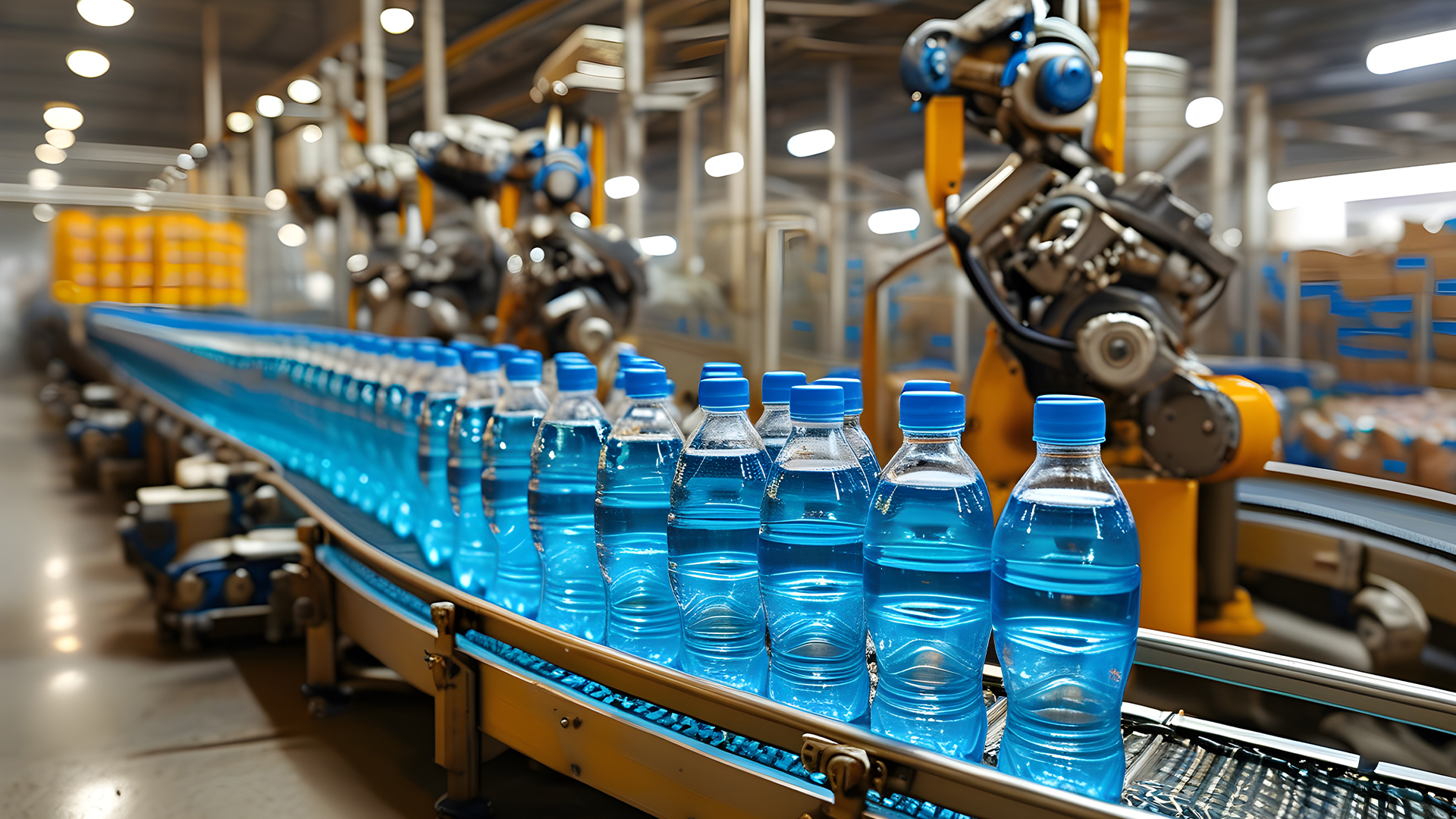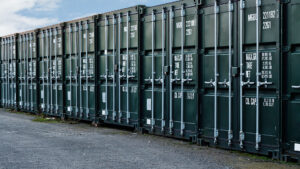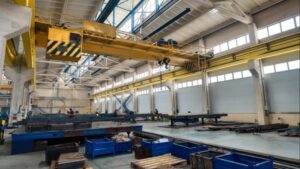Packaging can be a slow process. Ensuring products fit safely inside containers and sealing them is important, but these repetitive steps often create bottlenecks at the end of a production line. That makes packaging an ideal candidate for automation.
Automated packaging solutions are increasingly common today, and for good reason. However, as efficient as such systems can be, it takes careful planning and implementation to ensure they reach their full potential. Here are five actions businesses can follow to use this machinery effectively.
1. Identify Ideal Use Cases for Automation
The first step in optimising automated packaging systems is recognising where they’re most impactful. Misapplied tools, initiatives not aligning with process improvements and projects misaligned with business goals are three of the four biggest barriers to automation. What do they all have in common? They stem from a disconnect between technology investment and real needs.
Organisations can avoid such obstacles by identifying the areas that will see the greatest real-world improvement from automation. This begins with auditing packaging workflows to highlight bottlenecks or areas of frequent errors. Any process with high errors or low efficiency that also features repetitive and predictable tasks is an optimal use case for automation.
Companies should also prioritise their opportunities to improve if multiple areas exist. Automating the process with the largest gap before focusing on others will maximise returns on investment and minimise disruption.
2. Select the Right Type of Robot
Once businesses know what type of work they must accomplish with packaging automation, they can select an appropriate robot. There are many potential solutions, each with unique benefits and downsides, so it’s important to right-size the machine to the specific task at hand.
Budgets should play a key role in these decisions, as 38% of U.K. manufacturers cite high costs as a challenge in automation. However, money is not the only influencing factor. In some cases, a more expensive robot is the better choice if it works fast or accurately enough, producing savings from error prevention or time waste.
Scara robots are often the most affordable but lack extensive functionality, making them best suited for simple packaging tasks. In contrast, multi-axis articulated bots are expensive but versatile and can handle a greater range of package sizes and shapes. In some cases, delta robots are the best choice for their speed and relative simplicity, but they’re inflexible and require additional infrastructure.
3. Use the Right End-of-Arm Tooling
Along the same lines, businesses must determine the optimal end-of-arm tooling (EOAT) for their packaging robot. Just as different bots suit varying purposes, differing package types demand various EOATs.
Vacuums are the most commonly used tool thanks to their flexibility. However, they require sufficient surface area and may struggle to complete a seal on uneven package shapes. Manufacturers must also use the right amount of suction to grab products but avoid damage.
Clamps and robotic hands are more energy-intensive but work better with shapes like cans or bottles, whereas vacuums will struggle to maintain a seal. The optimal pressure and grip material for these vary depending on the package material and the risk of damage. In some cases, it may be best to use modular EOAT, especially if a facility deals with frequent changeovers and various package types.
4. Ensure Proper Orientation
Another common mistake in packaging automation is failing to account for robots’ shortcomings. While automated solutions are highly efficient, they’re not as flexible as human employees. They require predictability to maintain their productivity, so workers must ensure everything coming down the line is consistent.
In packaging, this is largely a matter of ensuring each product is oriented the same way. Any unusual angles or placements may make it difficult for the robot to grab, move or tape the package correctly. Despite such inconsistencies being small, they can quickly create significant disruptions because robots cannot adapt to them.
The easiest solution is to place human employees before robots in the workflow. These workers can inspect packages as they travel along the conveyor and move any as necessary to ensure they face the same way and have even spacing.
5. Calibrate and Maintain Automated Solutions
Finally, packaging facilities must calibrate their automation systems. Follow OEM-recommended practices to set up the robot and recalibrate its sensors at least once annually to ensure it can work as accurately as possible.
Similarly, organisations should consider their long-term maintenance strategies. Robots will deliver better returns if they remain in top condition for longer. That requires regular maintenance, but many repair methods are inefficient and expensive — scheduled fixes take over 18 hours a week and cost £93,700 on average.
Condition-based maintenance is ideal, as it prevents breakdowns and unnecessary planned downtime. As an extension of this practice, sensor-driven predictive maintenance yields even more significant savings as long as companies can afford the extra IT costs.
Automated Packaging Systems Work Best With These Tips
Packaging is an ideal process to automate. Still, automation’s benefits do not come without effort. Businesses must learn where projects often go wrong and how to avoid the same pitfalls to use robotics effectively.
These five strategies will help any organisation embrace automated packaging with confidence. They can then increase productivity, lower expenses and maintain a higher standard of product quality.






